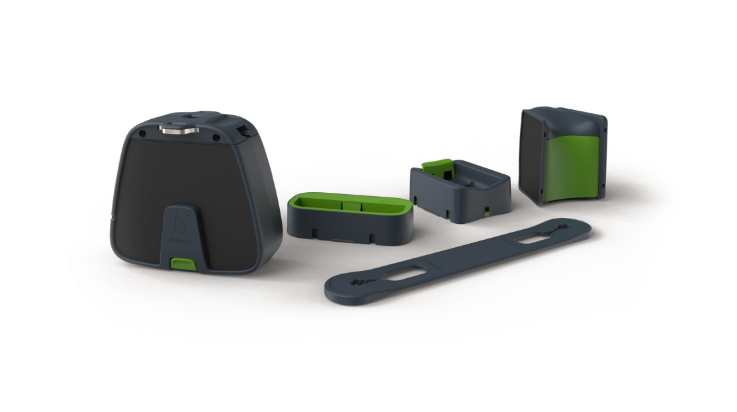The Herd Instinct and How It Affects Virtual Fencing
Nofence offers producers a reliable virtual fencing solution for livestock. It effectively contains the herd within the virtual boundaries.
Virtual fencing may seem like magic at first. However, our research shows that the understanding gained by one individual quickly spreads to another, and in the end, is known to the whole herd.
Each animal doesn't need to check where a boundary is located, the herd hears the sound when it plays from one collar. When one turns around on that sound, the rest learn to do the same.
A herd’s default instinct is to stay together. It affects both how they learn to respect the boundaries and how they behave if one or more of them escape.
A well trained herd will respect the virtual Nofence boundary, and respond to the audio cues before a pulse is applied. You can learn more about this below.
Herd Dynamics
We are often asked: "Can I just collar the leaders of the herd?" Or "Could I collar half of them?"
We understand that for many, this is a significant investment and it's natural for producers to look for options to reduce costs.
However, there are good reasons why we insist all mature livestock in a single herd must wear a collar. The main one is animal welfare, as it greatly reduces the number of pulses a herd receives and positively influences herd behavior.
- If parts of the herd are uncollared, they are free to roam and the collared ones will want to follow, often willing to ignore audio warnings and pulses.
- When an individual crosses the virtual boundary, their instinct will always be to return back to the herd. In very small herds, this effect is typically lost. Instead the part of the herd that remains within the boundary may instead choose to follow those that escaped.
- The size of the herd also affects how quickly they learn how the system works. Cattle, sheep and goats learn from each other. They learn by interacting with the boundary themselves, and by watching the herd's actions and reactions. In very small herds, this effect is also largely lost.
These herd behaviors are critical for the successful use of all virtual fencing. As a result, Nofence enforces a lower limit on permitted herd size. Each herd must consist of a minimum of five mature animals, and they must all be collared.
Smallest Permitted Herd Size
To benefit from the herd's collective learning and desire to stay together as a group, Nofence is clear that our product cannot be used on herds with fewer than 5 mature individuals.
This is also why we have 5 collars as our minimum order size.
Please note that the lower limit applies per herd, per type of livestock. Should you want to purchase both cattle collars and sheep/goat collars, the minimum order size is five collars, per collar type.
Sign up to get updates, tips, and stories from farmers using Nofence.

